Introduction
Spring is the season of renewal, but for gardeners, it can also be a season filled with challenges. Are you ready to tackle the most common spring gardening problems? In this comprehensive guide, we'll explore the frequent issues faced by gardeners in the spring and offer practical solutions to ensure your garden flourishes throughout the season. From soil preparation to pest control, and even promoting the ideal plants for your needs, this guide will equip you with the knowledge to have a vibrant and thriving garden this spring.

Preparing the Garden for Spring
Soil Preparation
Before you start planting, it's crucial to ensure that your soil is in the best condition to support your plants’ growth. Proper soil preparation lays a solid foundation for a healthy garden.
Testing Soil pH
Understanding your soil's pH is vital because it affects nutrient availability to your plants. Ideally, most garden plants prefer a slightly acidic to neutral pH, between 6.0 and 7.5. To test your soil’s pH, you can purchase a home testing kit or send a sample to your local extension service. Testing kits are simple to use and can give you valuable information to address soil deficiencies effectively.
Amending Soil with Compost and Nutrients
After testing your soil, it's time to amend it according to the results. Compost is one of the best organic materials you can add to your soil. It improves soil structure, provides essential nutrients, and aids in water retention and drainage. Similarly, adding nutrients such as nitrogen, phosphorus, and potassium based on your plant's needs can greatly enhance your soil’s fertility.
Consider incorporating products like the Agave Blue for areas requiring drought tolerance and a resilient presence in your garden.
Tool Maintenance
Maintaining your gardening tools is another crucial step in preparing your garden for spring planting. Well-maintained tools improve efficiency and prevent the spread of diseases.

Cleaning and Sharpening Tools
Start by cleaning your tools thoroughly with soapy water to remove any soil or plant residue left from last season. After washing, allow them to air dry completely. Once clean, sharpen your cutting tools, like pruners and shears, to ensure precise cuts that minimize plant damage. Apply a light coating of oil to metal parts to prevent rust.
Keeping your tools in top condition not only extends their lifespan but also makes garden tasks easier and more enjoyable.
Identifying and Controlling Common Garden Pests
Recognizing Symptoms of Pest Infestation
Pest infestations can wreak havoc on your garden, but early identification can alleviate extensive damage. Common signs include wilting, discoloration, holes in leaves, and stunted growth. Familiarizing yourself with these symptoms can help you take prompt action.
Organic Pest Control Solutions
Once pests are identified, consider organic solutions for managing infestations. Neem oil, insecticidal soap, and diatomaceous earth are effective for controlling a broad range of garden pests. They are eco-friendly and safe for both plants and beneficial insects.
Incorporate plants from Plantology that are naturally pest-resistant, ensuring a healthy garden with minimal external interventions.

Managing Plant Diseases
Common Plant Diseases in Spring
Spring's warming temperatures and increased moisture levels create an ideal environment for plant diseases. Issues such as powdery mildew, rust, and blight often appear during this time.
Preventative Measures and Treatments
Prevention is the best strategy for managing plant diseases. Maintain good garden hygiene by removing dead leaves and debris. Ensure proper plant spacing to enhance air circulation, reducing the likelihood of fungal infections. Employ treatments like copper-based fungicides for recurring diseases, always following label instructions for safe use.
Choosing the Right Plants for Spring Planting
Plants that Thrive in Spring
The key to a beautiful spring garden is selecting plants that are well-suited to your climate and soil conditions. Perennials like the Agapanthus Lily of the Nile Blue and tropical additions such as the Alexander Palm can bring vibrant color and texture to any landscape.
Where to Buy Quality Plants
To ensure a successful planting season, obtain plants from reputable sources. At Plantology, we offer a wide selection of high-quality plants tailored to various growing conditions and preferences. Explore our range to find the perfect additions for your dream garden.

Consider choosing specialized species like the Aglaonema Silver Bay for its adaptability to indoor and shady outdoor spaces.
Dealing with Weather Extremes
Protecting Plants from Late Frosts
Unpredictable late frosts can damage young plants. To protect your garden, use frost cloths or old sheets to cover plants on nights when temperatures dip significantly. Watering your garden about 24 hours before a frost can also help the soil retain some heat overnight.
Watering Tips for Spring
Spring showers might reduce the need for watering, but it's crucial to monitor soil moisture. Avoid overwatering by checking the topsoil's condition before applying more water. Efficient irrigation systems, like drip irrigation, can optimize water use while minimizing waste.
Creating a Sustainable Spring Garden
Incorporating Native Plants
Native plants are adapted to local climates and typically require less maintenance, reducing the need for pesticides and excessive watering. They also support native wildlife, contributing to a more sustainable ecosystem.
Practices for Environmental Conservation
Sustainable gardening practices include composting, using mulch to retain soil moisture, and creating habitats for beneficial insects. These actions contribute to a healthier garden and a more balanced environment.

For those looking to make a sustainable impact, explore our collection of eco-friendly plants at Plantology, and start transforming your garden today!
Conclusion
Gardening in spring can present challenges, but with proper preparation and the right choices, you can enjoy a rewarding and flourishing garden. By understanding soil needs, maintaining tools, and selecting the right plants, you set the stage for a successful season. Moreover, environmentally conscious practices and understanding plant care are key to overcoming the common hurdles of spring gardening.
Explore our selection of plants designed to meet diverse gardening needs, and let Plantology accompany you on your gardening journey. Visit us today at Plantology for more inspiration and expert guidance as you bring your spring garden dreams to life!

















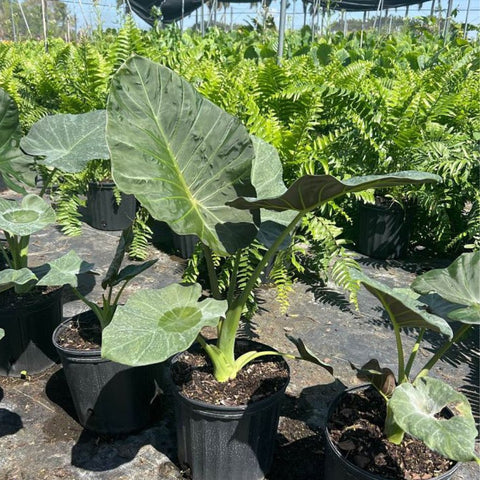
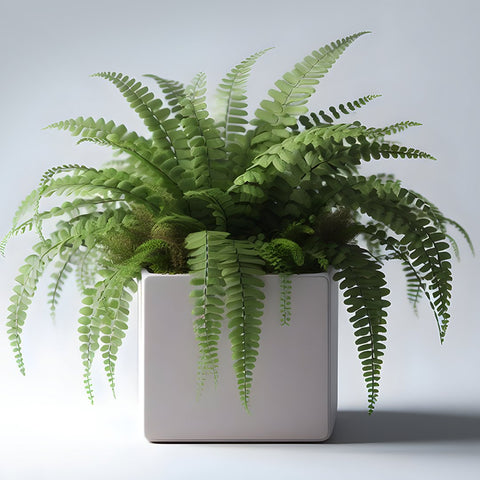
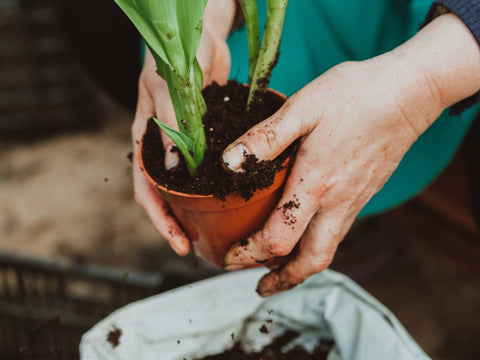
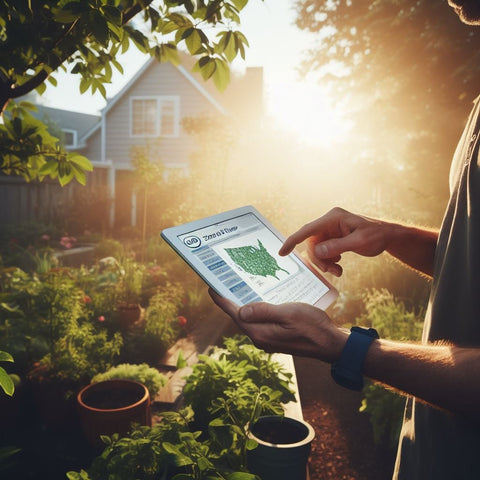




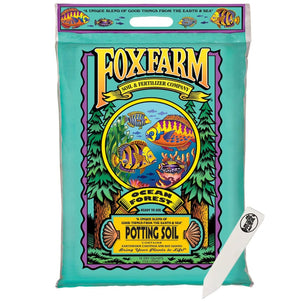




Comments (0)
There are no comments for this article. Be the first one to leave a message!